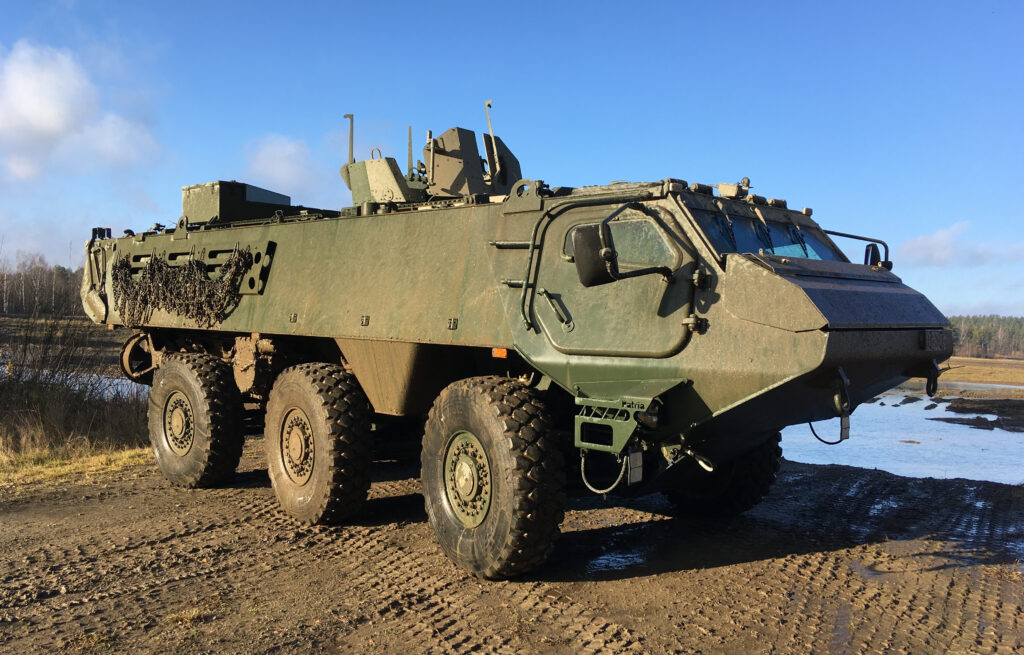Finland is set to open its doors wider to United States military presence as part of a new bilateral Defense Cooperation Agreement (DCA) with the U.S., a move signaling a significant shift in the Nordic country’s defence posture. This development comes amid ongoing discussions about Finland’s potential NATO membership and broader geopolitical shifts in the region.
Foreign Minister Elina Valtonen confirmed that the U.S. will maintain primary jurisdiction over its soldiers and civilians deployed in Finland under this agreement. The Finnish Parliament is yet to give its nod to the agreement, which aligns with objectives laid out in Finland’s new Government Programme, aimed at bolstering the nation’s security framework.
Key Highlights of the DCA
- Enhanced Military Presence: The DCA simplifies processes for U.S. troops to travel and operate in Finland, marking a substantial step in military cooperation between the two countries.
- Access to Finnish Military Areas: Finland is set to provide access to 15 of its military areas for U.S. forces, reflecting a deepened level of trust and collaboration.
- Exclusive Facilities for U.S. Use: These military areas will include exclusive facilities accessible only to the U.S., underscoring the specialized nature of this cooperation.
- Undisclosed Numbers: The agreement stops short of specifying the exact number of U.S. soldiers and civilians to be stationed in Finland, indicating that these details will emerge as the practical aspects of the cooperation unfold.
- Jurisdiction and Taxation: The agreement also covers other practical matters, including jurisdiction and taxation, ensuring a comprehensive framework for the U.S. presence in Finland.
The DCA represents a pivotal moment in Finland’s defence strategy, opening up the country to a greater American military presence amidst evolving security concerns in Europe. This move is seen as a reinforcement of Finland’s commitment to its security and a step towards fulfilling potential NATO membership obligations.
The Finnish government and defence officials view this agreement as a necessary step in ensuring the nation’s preparedness in crisis situations. “In crisis situations, real measures can be taken,” stated the Minister of Defense, highlighting the importance of readiness and strategic partnerships.
As Finland navigates this significant policy shift, all eyes are on the Finnish Parliament’s decision, which will set the course for the future of Finnish-American defence relations.
Finland opens these areas to the United States
- 1. Ivalo, Border Guard barracks
- 2. Siilinjärvi, Rissala, Karelian Air Force base
- 3. Niinisalo garrison area and Pohjankangas-Hämeenkangas training areas
- 4. Parkano storage area
- 5. Raasepori garrison area and Syndalen training area
- 6. Rovajärvi training area including Misi’s storage area
- 7. Rovaniemi, the air base of the Lapland Air Force and the garrison area of the Army Brigade
- 8. Skinnarvik storage area
- 9. Tammela storage area
- 10. Tampere-Pirkkala, Satakunta air base
- 11. Tervola storage area
- 12. Jyväskylä-Tikkakoski, Air Force Base
- 13. Upinniemi naval base and garrison area in Kirkkonummi including Russarö
- 14. Veitsiluoto storage area
- 15. Vekarajärvi garrison area and Pahkajärvi training area
Read more:
Defence Cooperation Agreement with the United States (pdf)
Ministry for Foreign Affairs of Finland: More Details on DCA & Stages of the approval process



